Top 4 Most Important Things to Know Before Buying Vegetable Container Gardening For Beginners
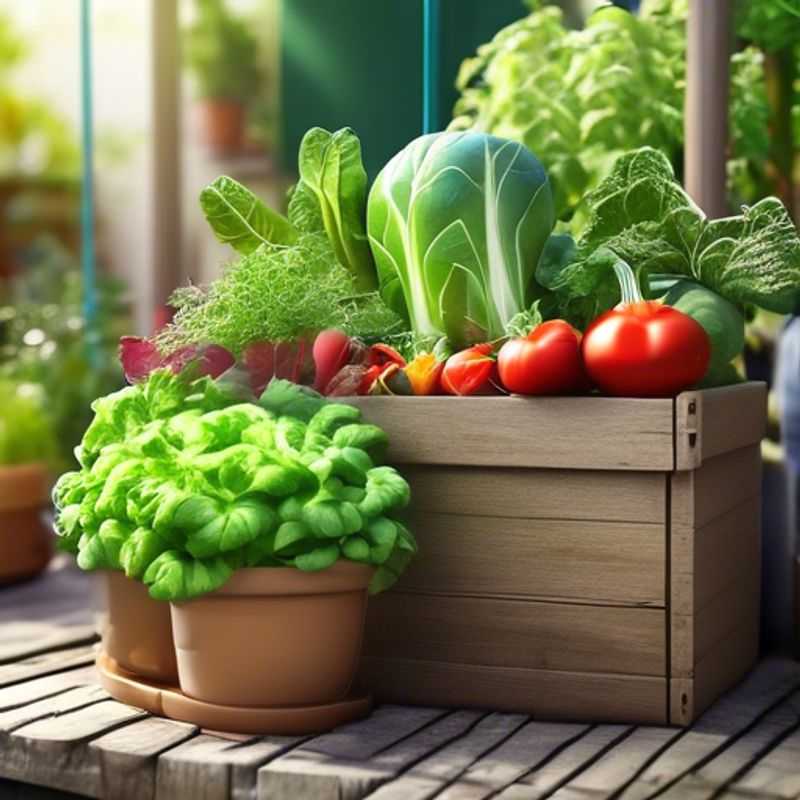
Choosing the Right Container Size for Your Vegetable Dreams
The Importance of Proper Drainage for Healthy Growth
Selecting a Nutrient-Rich Potting Mix: Fueling Your Vegetables
Sunlight: The Essential Ingredient for Abundant Harvests
Embarking on a container gardening adventure can be immensely rewarding, especially for vegetable enthusiasts. Before you dive headfirst into this green endeavor, there are some crucial aspects to consider to ensure your plants thrive and your harvest is plentiful. Here are four key things to keep in mind:
1. Choosing the Right Container Size:
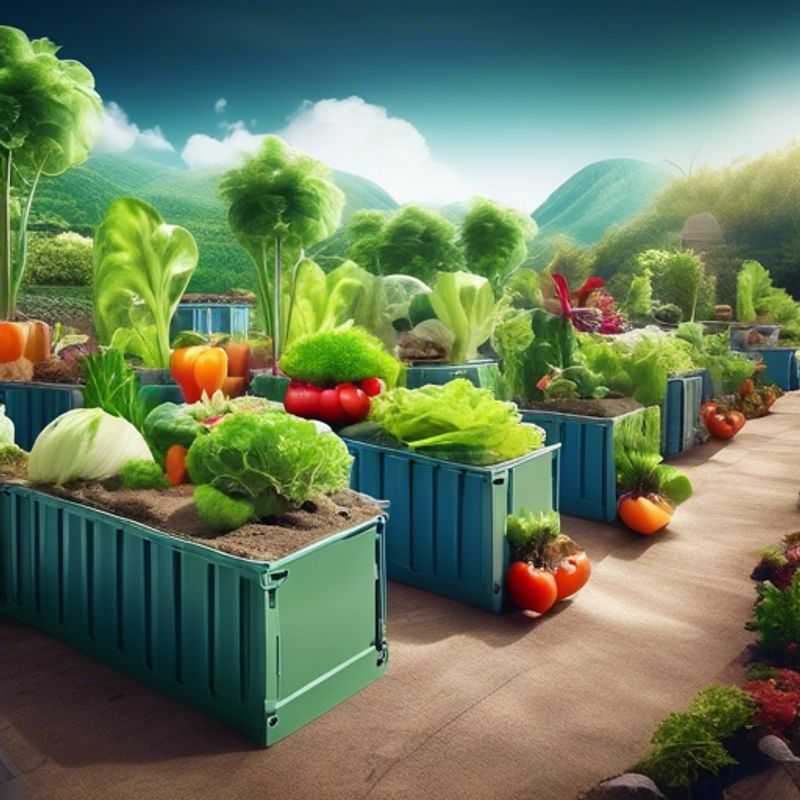
Choosing the Right Container Size for Your Veggie Garden: A Guide to Growing Success
Choosing the right container size is crucial for successful vegetable gardening. The size of your container will determine the amount of soil your plants have to grow in, which in turn influences how much water they can hold and how well their roots can develop.
Here's a simple rule of thumb: Start with a container at least 12 inches wide and 12 inches deep for most vegetables. However, certain plants have specific needs.
Root vegetables, like carrots and beets, require deeper containers (18 inches or more) to allow for root development. Vining vegetables, such as cucumbers and tomatoes, thrive in larger containers (20 gallons or more) that provide ample space for growth. Bush beans, on the other hand, can be grown in smaller containers (10-gallon size).
Consider the size of the mature plant and its root system when choosing a container. If you choose a container that is too small, you risk stunting the growth of your plants and impacting their yield.
Ultimately, container size is just one factor that influences your success. Don't forget to choose the right potting mix, ensure adequate drainage, and provide proper sunlight and watering.
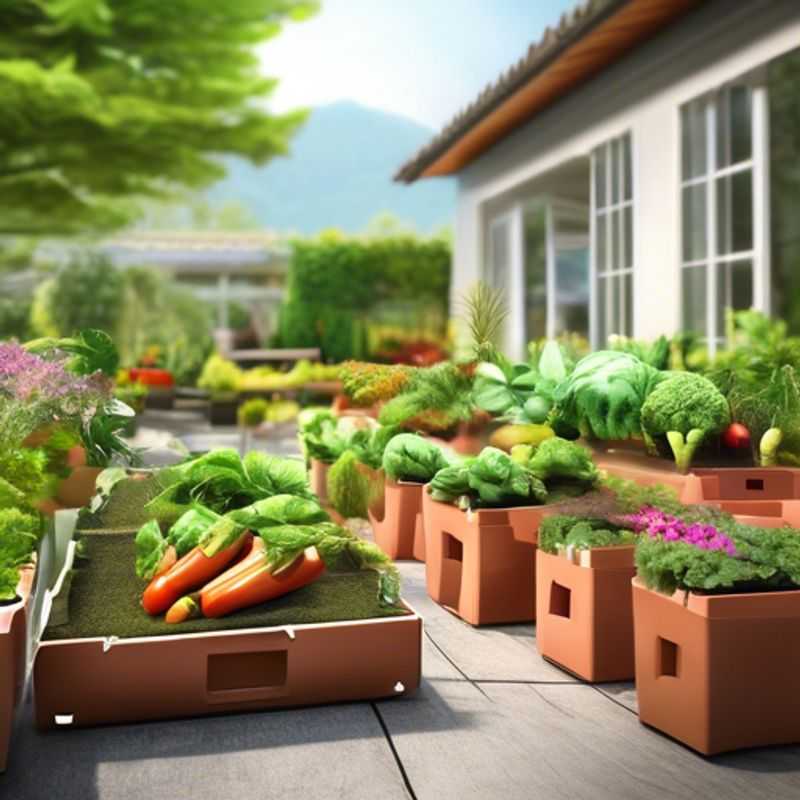
Ensure Proper Drainage: Your Plants' Lifeline Against Waterlogging and Root Rot
Waterlogging and root rot are common problems for plants, especially in areas with heavy rainfall or poor drainage. Ensuring proper drainage is crucial for healthy plant growth. Here's a quick guide to preventing these issues:
1. Choose the right location: When planting, select a site with well-drained soil. Avoid planting in low-lying areas where water tends to accumulate. Look for a spot with a gentle slope or consider building a raised bed.
2. Improve soil drainage: If your soil is naturally dense or clay-like, you can improve drainage by amending it with organic matter like compost or peat moss. This will help aerate the soil, allowing water to drain more easily. You can also consider using drainage materials like gravel or broken terracotta pots at the bottom of planting holes.
3. Avoid overwatering:Overwatering is a common cause of waterlogging and root rot. Before watering, check the soil moisture by sticking your finger a few inches into the ground. Only water when the soil feels dry to the touch.
4. Mulching: Applying a layer of mulch around your plants can help regulate soil moisture and prevent evaporation. This can help reduce the frequency of watering and prevent waterlogging.
5. Consider drainage solutions: For areas with consistently poor drainage, you may need to consider more drastic solutions such as installing drainage pipes or creating a french drain. These solutions can be more costly but may be necessary in extreme situations.
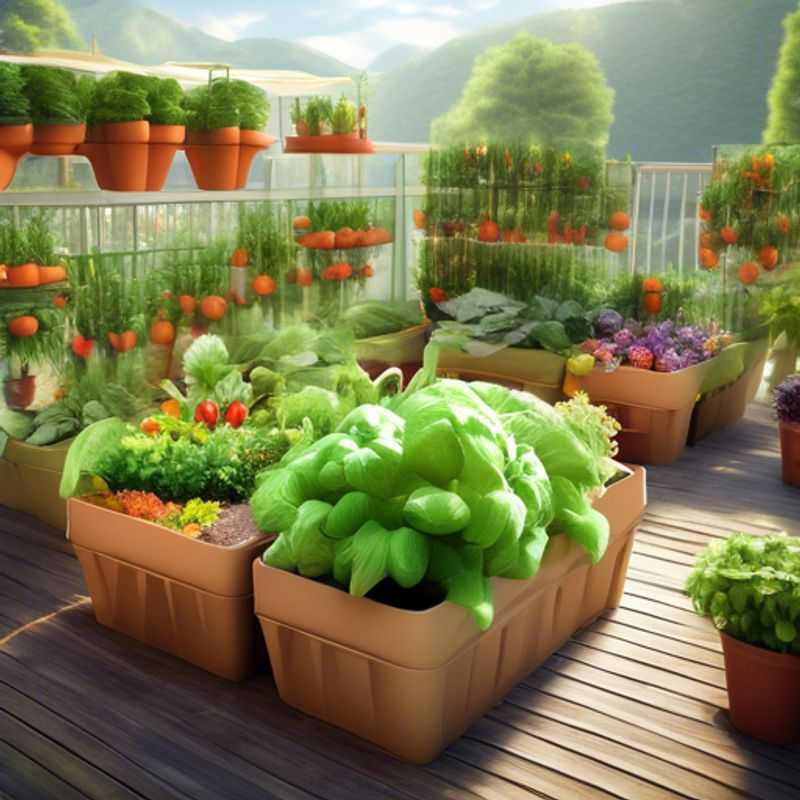
Unlocking Container Gardening Success: Choosing the Perfect Nutrient-Rich Potting Mix
When selecting a nutrient-rich potting mix for container gardening, you're essentially setting the stage for your plants' success. Here's a rundown of key considerations to ensure you choose the right mix for your gardening needs:
Firstly, opt for a mix specifically formulated for container gardening. These mixes are designed to provide the optimal balance of nutrients, drainage, and aeration for plants confined to containers. Look for blends that include a blend of ingredients like peat moss, coco coir, perlite, vermiculite, and composted bark.
Secondly, ensure the mix is nutrient-rich. Container plants are more susceptible to nutrient depletion than those in the ground, so selecting a mix enriched with essential nutrients like nitrogen, phosphorus, and potassium is crucial. You can further enhance the nutrient content by incorporating slow-release fertilizers or adding organic amendments.
Finally, ensure the mix provides adequate drainage. Container plants are prone to root rot if the potting mix becomes waterlogged. Choose a mix with good drainage properties and consider adding amendments like perlite or vermiculite to enhance aeration. Proper drainage is essential for healthy plant growth.
Remember, the best potting mix for your container garden will vary depending on the specific plants you're growing. Consult with your local garden center or online resources for more tailored recommendations.
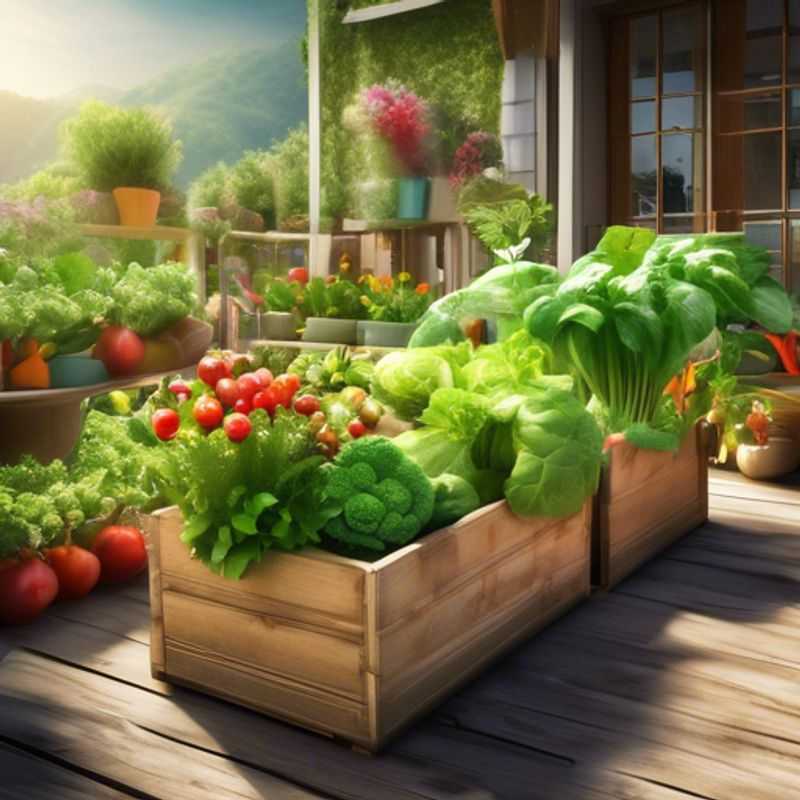
Sunshine Secrets: Maximizing Sunlight for Thriving Vegetable Plants
Sunlight is essential for vegetable growth, providing the energy for photosynthesis, the process by which plants convert light into energy. Most vegetables require at least 6 hours of direct sunlight daily, with some needing even more.
To ensure your plants receive adequate sunlight, consider their specific requirements and choose a planting location accordingly. A sunny spot, free from obstructions like trees or buildings, is ideal. You can also use grow lights, which can be purchased from gardening stores, to supplement natural light, especially during winter months.
It's also important to monitor your plants for signs of insufficient sunlight, such as stunted growth, pale leaves, and poor fruit production. If you notice these signs, consider adjusting your planting location or supplementing with grow lights.
Remember, adequate sunlight is vital for healthy vegetable growth. By understanding the needs of your plants and providing them with sufficient light, you can ensure a bountiful harvest.
